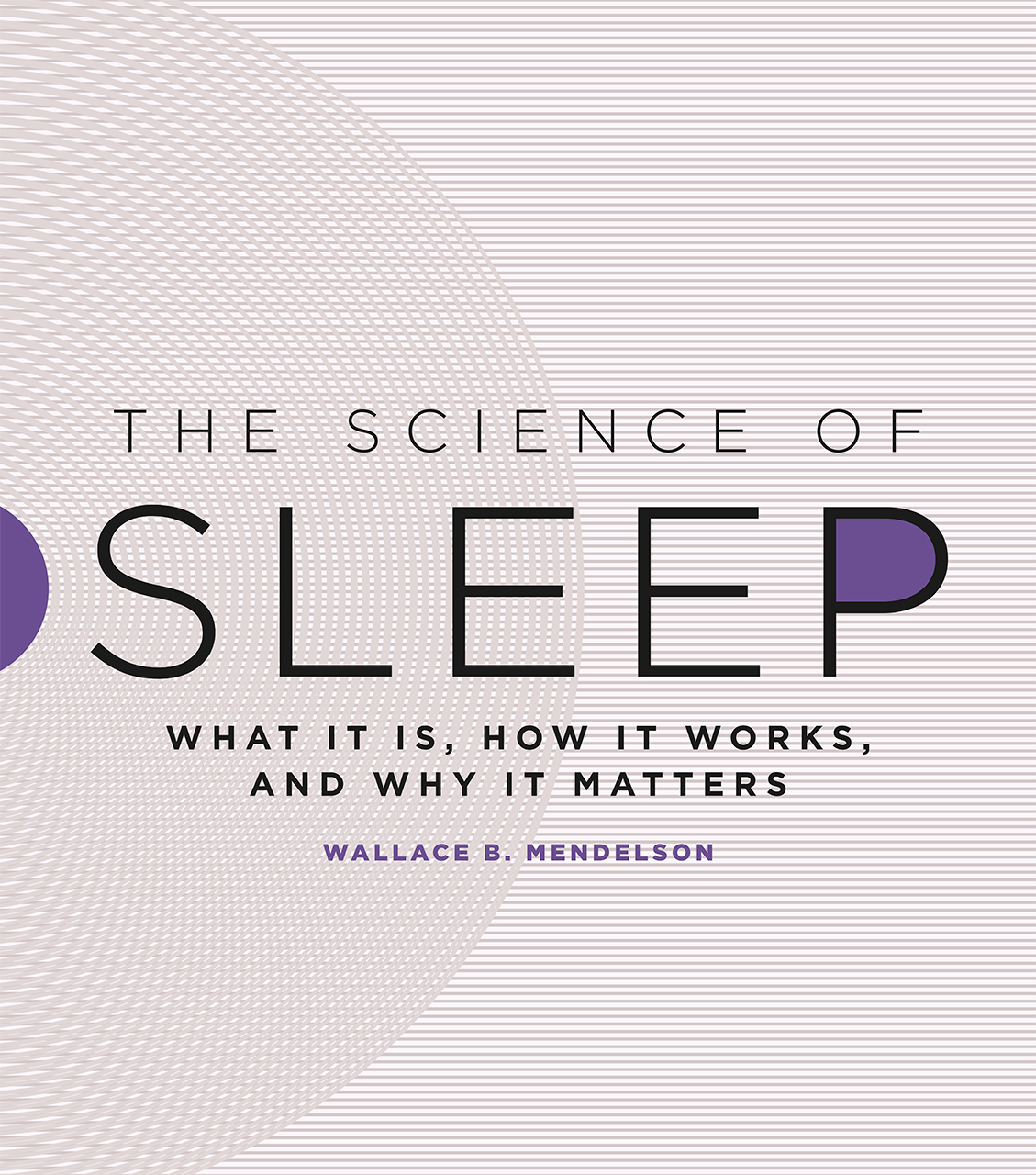Sleep is a naturally occurring state of rest for the mind and body. It is a vital function that allows us to physically and mentally recharge after a period of wakefulness. Although we typically think of sleep as a time when we are inactive, our bodies and minds are actually quite active during sleep. Sleep plays an important role in supporting our physical health, mental well-being, and quality of life.
There are two main types of sleep: non-REM (rapid eye movement) and REM (random eye movement). Non-REM sleep is further divided into three stages: N1, N2, and N3. REM sleep makes up the remaining stage of sleep. Each night, we cycle through all four stages several times. The first three stages comprise non-REM sleep, with stage N3 being the deepest level of non-REM sleep. REM sleep is when most vivid dreaming occurs.
During deep non-REM sleep (stage N3), important physiological processes take place including: cell growth and repair, tissue regeneration, protein synthesis, immune system support, hormone regulation, and blood pressure reduction. These functions are essential for maintaining good physical health. Inadequate or poor quality sleep has been linked with an increased risk for developing chronic diseases such as obesity, diabetes, heart disease, stroke, cancer, Alzheimer’s disease ,and depression .


